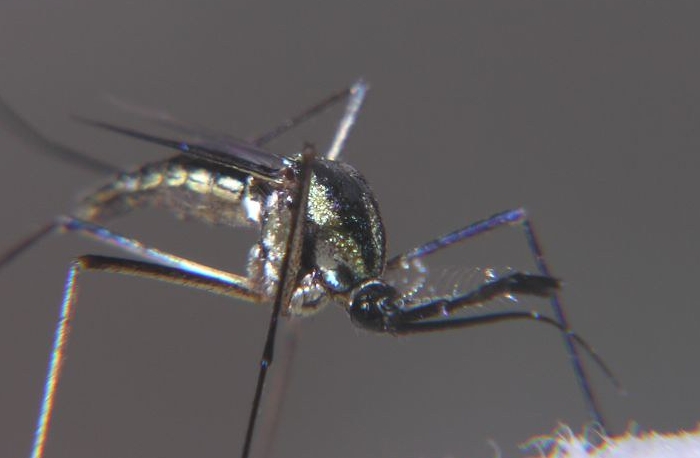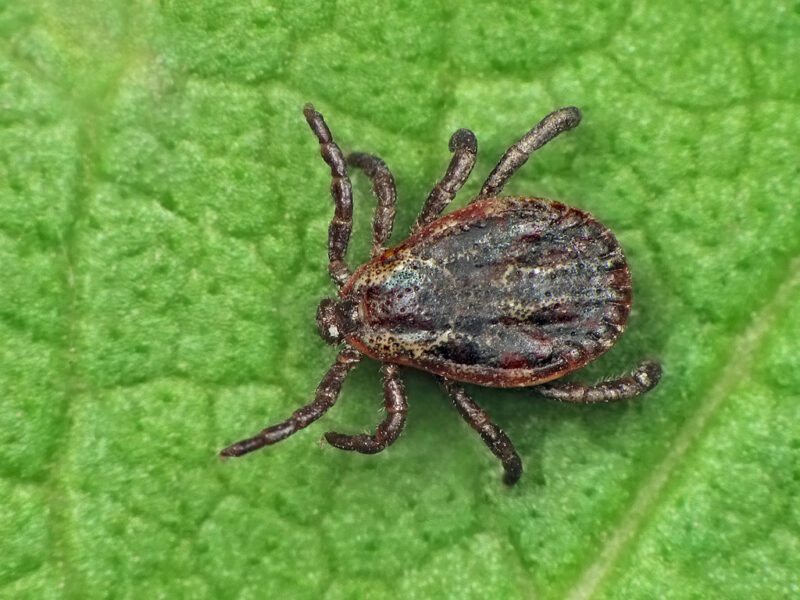Image courtesy of Ben Rauch via Flickr Creative Commons
On July 11, 2020, the Florida Department of Health in Monroe County (DOH-Monroe) received conformation on a laboratory confirmed case of dengue fever in Florida Keys [1]. This is the 14th case of dengue this year in Monroe County, with cases clustering in Key Largo on the northern end of the island chain [1]. Currently, the Florida Keys Mosquito Control District have been actively targeting adult mosquitoes and larvae, while district workers are conducting house inspections and businesses in Key Largo [1]. The DOH-Monroe has provided guidelines for the public to take preventative measures, including limiting exposure by wearing protective clothing, using insect repellents, maintaining intact window screens and eliminating standing water near residence.
As part of an effort to control the mosquito population, a genetically modified mosquito named OX5034, created by Oxitec, has recently received state and federal approval in Florida. The genetically modified male mosquito has been altered to produce female offspring that are unable to develop past the larval stage. Only female mosquitoes bite for blood and are carriers for disease [2, 3].
Dengue virus is spread through the bite of the female Aedes aegypti or Ae. albopictus mosquito, which is also known to spread diseases like Zika, chikungunya or yellow fever [4]. Dengue infections are caused by four different serotypes: DEN-1, DEN-2 DEN-3, DEN-4 [4]. Symptoms typically appear within 14 days of being bitten by an infected female mosquito [5]. Fevers can typically last a week or less along with aches, pain, minor bleeding, rashes, and small bruises [5] .
Dengue is common in more than 100 countries worldwide. The Centers for Disease Control and Prevention (CDC) reports that dengue cases double each decade, with 390 million cases worldwide in 2010 [6]. Approximately 100 million individuals fall sick and 22,00 die from severe dengue each year [7]. The number of cases and geographic range for dengue is expected to increase as temperature rise around the world each year [6].
Dengue virus became a nationally notifiable condition in the US in 2010 and since then small outbreaks have been reported in 48 contiguous US states [8,9]. The dengue virus is most commonly introduced into the U.S. population by returning travelers who contract the disease abroad and is the leading cause of illness among travelers returning with acute fevers [10]. According to the CDC’s Morbidity and Mortality report, from 2010 to 2017 nearly all of the US dengue cases were attributed to travel, especially to remote regions in the Caribbean and/or Asia [10].
References
[3] https://www.regulations.gov/document?D=EPA-HQ-OPP-2019-0274-0353
[5] https://www.cdc.gov/dengue/symptoms/index.html
[6] https://www.cdc.gov/mmwr/volumes/69/wr/mm6906a1.htm?s_cid=mm6906a1_w
[7] https://www.cdc.gov/mmwr/volumes/69/wr/mm6906a1.htm?s_cid=mm6906a1_w
[8] https://www.cdc.gov/dengue/statistics-maps/2020.html
[10] https://www.cdc.gov/mmwr/volumes/69/wr/mm6906a1.htm?s_cid=mm6906a1_w


